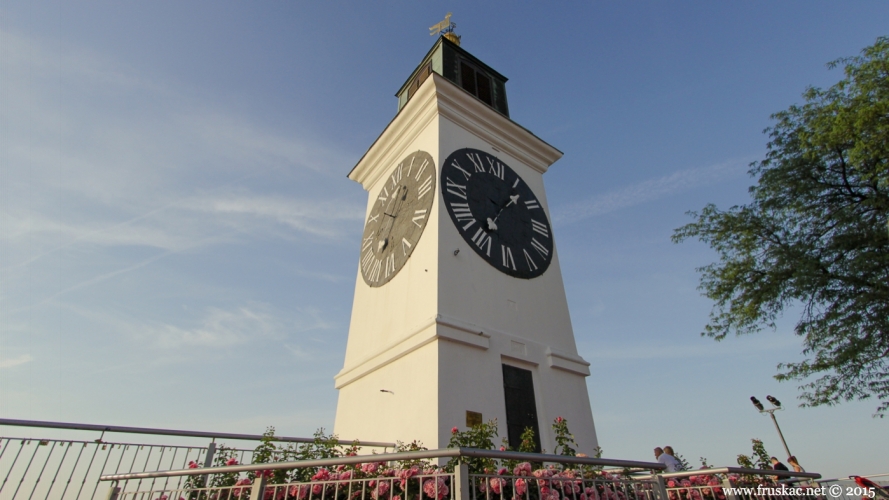Petrovaradin Fortress
This imposing fortress hails from the 1st century B.C. when ancient Celts were still settling the Danube shoreline. Petrovaradin Fortress looms across the Danube from Novi Sad. This building has a long history as a military, trade, and scouting outpost for Celts, Romans, Byzantines, Franks, Ottomans, and Habsburgs, but today it is best known for its importance in the Habsburg-Ottoman war. The Fortress was annexed to the Ottoman Empire in 1526. and won back by the Habsburg Monarchy in 1691. The period between these two years was tense and full of conflict.
Although the foundations of the Petrovaradin Fortress were set back in the Bronze Age, it began resembling the fortress that it is today only at the end of the 17th century: the cornerstone of the Upper Fortress was set under the order of emperor Leopold I of the Habsburg Monarchy. Empress Maria Theresa granted independence to the Petrovaradin Fortress and the village that had formed at its feet in 1748. Habsburg constructions on the fortress were finally over in 1760.
The Petrovaradin Fortress constructions took a very long time, leaving a lot of room for myths and legends about its actual layout – particularly about the layout of its underground tunnels. It is known that they stretch four levels below ground. The first two levels have been mapped, and although the tunnels are, as a whole, still very dangerous and remote, you can book an organized tour and visit the uppermost, safest level.
The Petrovaradin Fortress was demilitarized sometime in the middle of the 20th century, and declared a historic monument. It is open to visitors today, and includes a well-maintained promenade, hotels, restaurants, ateliers and art galleries, a military barracks, the Novi Sad Academy of Arts, a planetarium and astronomical observatory, the most stunning panorama of Novi Sad, a Museum, and last but not least, the city Archive. One of the most famous landmarks of the Fortress is the Clocktower of St. Louis’ Bastion. This Clocktower is peculiar: since its main purpose is to tell time to ships passing by on the Danube, it’s small handle shows minutes, and the long handle shows hours – this is why it is affectionately known as the Drunk Clocktower.
The Fortress is home to a great number of cultural events each year, the best known by far being EXIT, a summer music festival.
Place: Petrovaradin
on the map location
- Lat: 45.252595
- Long: 19.863007
- Alt: 92 m



Comments
Facebook
DISQUS